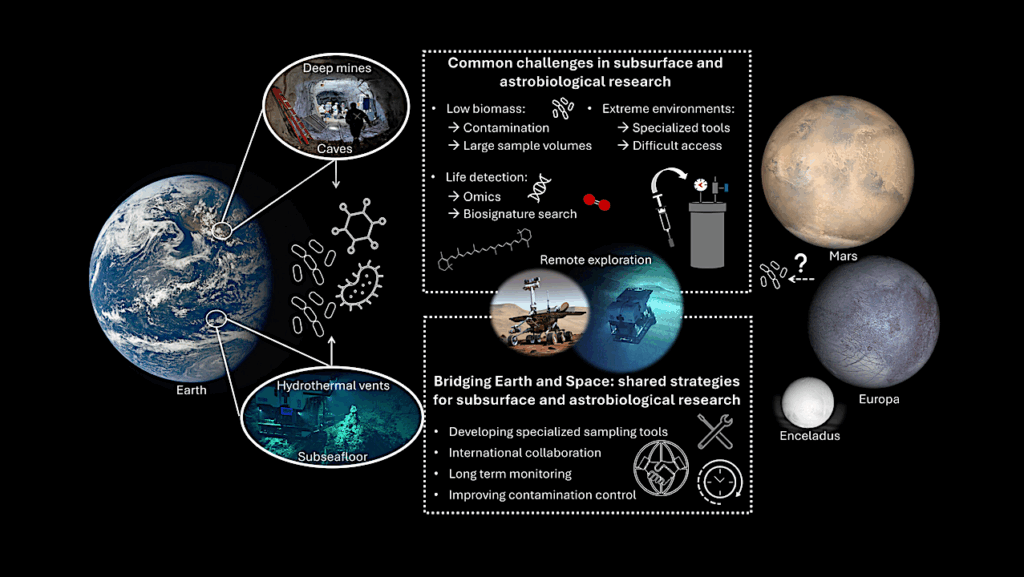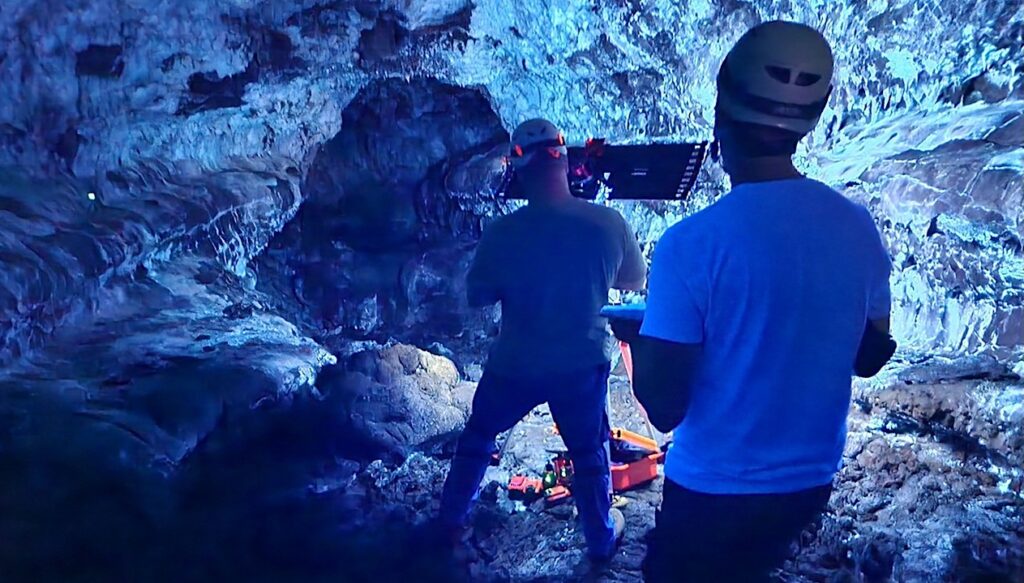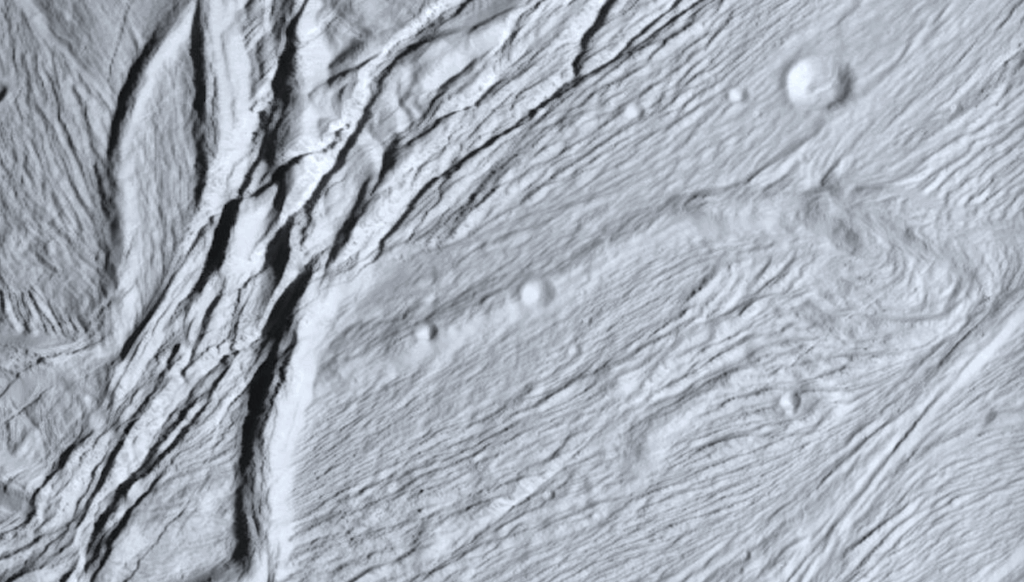Idealized 2D Cloud-Resolving Simulations for Tidally Locked Habitable Planets

Cloud is critical for planetary climate and habitability, but it is also one of the most challenging parts of studying planets in and beyond the solar system. Previous simulations using global general circulation models (GCMs) found that for 1:1 tidally locked (i.e., synchronously rotating) terrestrial planets with oceans, strong convergence and convection produce optically thick clouds over the substellar area.
One obvious weakness of these studies is that clouds are parameterized based on the knowledge on Earth, and whether it is applicable to exoplanetary environment is unknown. Here we use a cloud-resolving model (CRM) with high resolution (2 km) in a two-dimensional (2D) configuration to simulate the clouds and circulation on tidally locked aqua-planets.
We confirm that the substellar area is covered by deep convective clouds, the nightside is dominated by low-level stratus clouds, and these two are linked by a global-scale overturning circulation. We further find that a uniform warming of the surface causes the width of convection and clouds to decrease, but a decrease of day-night surface temperature contrast or an increase of longwave radiative cooling rate causes the width of convection and clouds to increase.
These relationships can be roughly interpreted based on some simple thermodynamic theories. Comparing the results between CRM and GCM, we find that the results are broadly similar although there are many significant differences. Future work is required to use 3D CRM(s) with realistic radiative transfer and with the Coriolis force to examine the clouds and climate of tidally locked planets.
Qiyu Song, Jun Yang, Hang Luo, Cheng Li, Shizuo Fu
Comments: 26 pages, 15 figures
Subjects: Earth and Planetary Astrophysics (astro-ph.EP)
Cite as: arXiv:2108.04143 [astro-ph.EP] (or arXiv:2108.04143v1 [astro-ph.EP] for this version)
Submission history
From: Qiyu Song
[v1] Mon, 9 Aug 2021 16:13:17 UTC (13,362 KB)
https://arxiv.org/abs/2108.04143
Astrobiology








